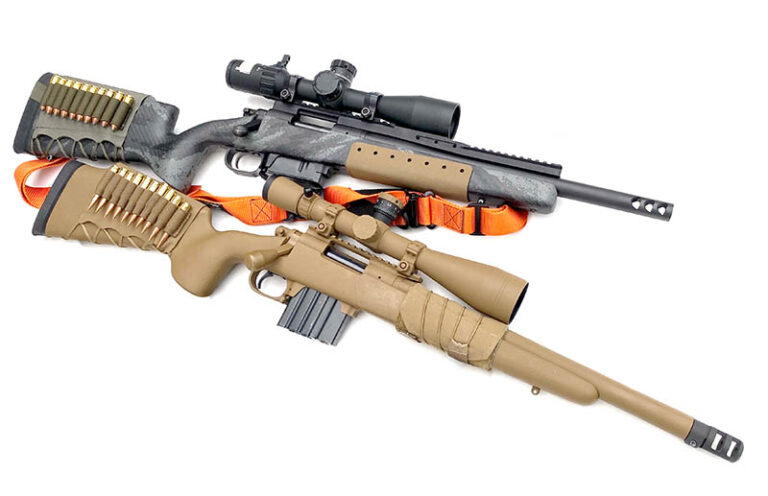
When it comes to your rifle’s optic, how do you determine the right level of scope magnification for your needs?
There has been a longstanding discussion regarding which optics are best for certain tasks. You hear it all the time in colorful anecdotes such as “one power for every hundred yards is all you need,” “4X is plenty for deer,” “that’s too much scope for that caliber,” “my grandpa did that with iron sights” … and the list runs on.
These days, we’re pairing guns and scopes that traditionally haven’t held hands (like a magnified riflescope on a lever gun). How is one to decide what constitutes the right scope for the job considering that, by technological merit, all the old arguments are largely bunk?
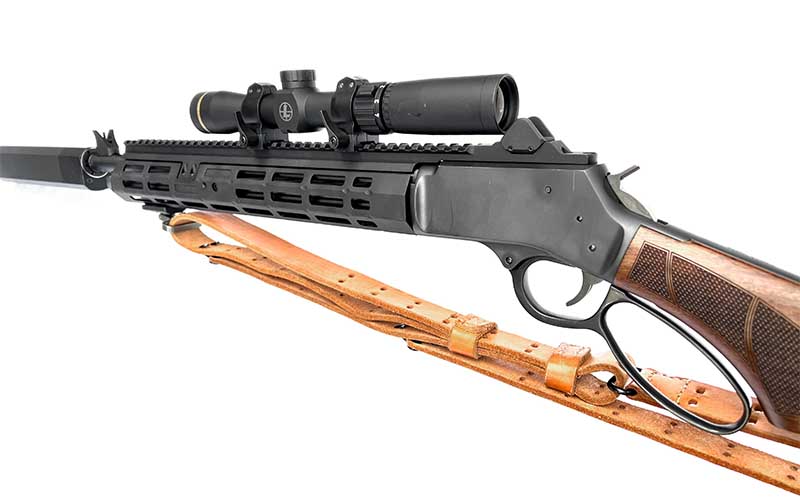
Optic Advances
Much of the gun world is based on individual need. As a result, we see a wide and diverse range of options that fit virtually any range of budget or desired criteria. The nature of optics is rapidly changing, and what we consider to be state-of-the-art today will likely be a bargain-bin special 20 years from now.
The development of firearms has peaked in all critical ways, despite some manufacturers trying to reinvent the wheel at every possible turn. This isn’t to say we can’t still make excellent things out of interesting materials, but the base concept of virtually all firearms we know today comes from the era around the Industrial Revolution.
Yes, fully automatic firearms were around concurrent to the Wild West and the basis for modern cartridges and firearms was firmly established by 1900, and it could be said that we essentially arrived as early as the 1880s. Cartridges like the 7.62x54R were designed in the late 1880s and are still being used heavily around the world today, including by both sides in the current Russo-Ukrainian War.
My point: The guns we use now are established concepts—even “new” designs are usually variants of something that has already been around for some time.
Optics, on the other hand, have had a much longer road and have been on a trajectory similar to that of electronics, and they’re so good today that it’s truly mind-blowing.
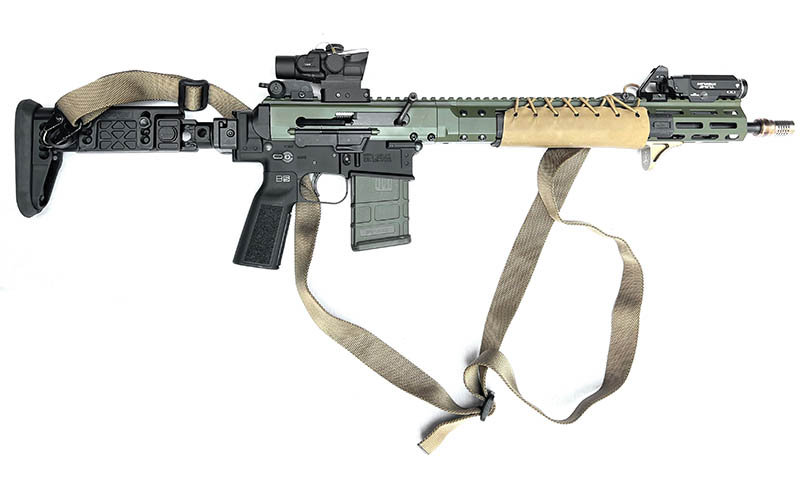
The Perfect Match Or Overkill?
Yet, for as advanced as these optics are, no doubt they’ll be exceeded in just a couple years’ time by the same companies that make them. The thing about many of these scopes is that they’re big … and big is a problem if you’re trying to do any type of shooting that’s non-stationary. Weight is a consideration here, not just physical size. We have the notion that big scopes are for long range, but I want to challenge that.
The Leupold Mark 5, 5-25X, is a large but light scope, and I love it atop a .450 Bushmaster. You may be wondering why I would have a huge, 35mm long-range scope on top of a short-range, suppressed bolt action, but the answer is simple. I hunt agricultural areas, and I need a rifle that could fire both supersonic and subsonic ammo, while addressing the legal need for a straight wall case.
For this, I needed a scope I could quickly and easily dial in my subsonic zeros off my supersonic main zero, which wasn’t a task for just any scope. I also needed a large tube and objective for the best possible light collection in the shadowy areas I hunt. This rifle was built for a purpose, and it did what I asked of it. Had it not been for that scope with its fast return to zero abilities, I would’ve been holding out in space hoping for the best with subsonic loads.
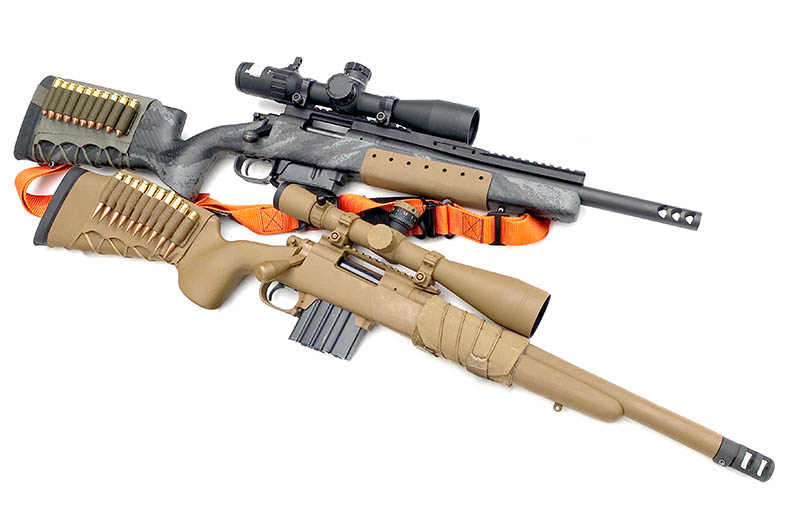
I’ve been directly mocked for placing a “scope that belongs on a .300 Win. Mag.” on a .450 Bushmaster. Who says a 200-yard cartridge needs only 4X? Where is that law of the field written? I don’t agree that a 5-25X is overkill.
To date, I’ve recorded that I made 90 percent of my deer kills with a rifle with the scope set between 6X and 10X, of course 8X being the operative average. I surveyed as many hunters as I could in preparation for this article, and I was not surprised to find most people consider 4X the bare minimum … and about 10X as all that’s truly useful.
So, you could say that I have a great deal of unused magnification in that scope, but I don’t see it that way: Unused capability is still capability, and I don’t see a reason to deliberately handicap myself on the idea that I could be using that extra magnification somewhere else.
That said, last year I did find a single problem involving magnification, but it wasn’t what I’d call a “failure” by end result. Using the described .450 Bushmaster, a hunting buddy and I stalked a herd to within 200 yards over rolling terrain. I set up prone, found a choice big-bodied deer but had to use my magnification to determine if it was a legal shot based on antlers.
The deer’s head was just inside the tree line, body in the field. Satisfied that it was a good shooter, I turned to the other hunter, and he took that as me being ready. He fired and got his. After an explicit utterance, I found “my” deer again but was still at 25X. It stood long enough for me to get lined up, but I lost my chance. I redeemed myself only 20 minutes later, but on 8X. It goes to show that, while beneficial for making a legally required identification of a deer, too much magnification can be a liability in the moment—but not an overall a problem.
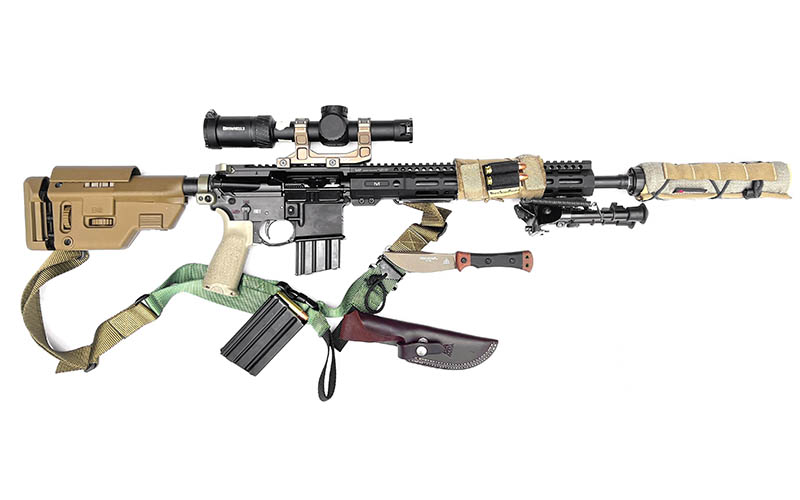
Is There A Right Answer?
Playing devil’s advocate, I’d have probably been fine with scope magnification up to 10X for making shots in the field. For decades, the old 3-9X range was standard, with the fixed 10X being something of a military guy thing—also where we get the old “one power for every hundred yards” saying on 10X military scopes at a thousand yards. The classic 3-9X range was considerably good for what it offered for much of shooting history—until the bigger scopes with more features started to come around. Separation on power, range, magnification and scope size began to emerge.
The idea that you need to match the capabilities of a scope to a rifle is largely based on your intended situation, and there’s no true right answer. For much of recent history, deer hunting was accomplished by simple 3X or 4X optics, yet there are few hunters who use the most successful 4X optic in history: the ACOG.
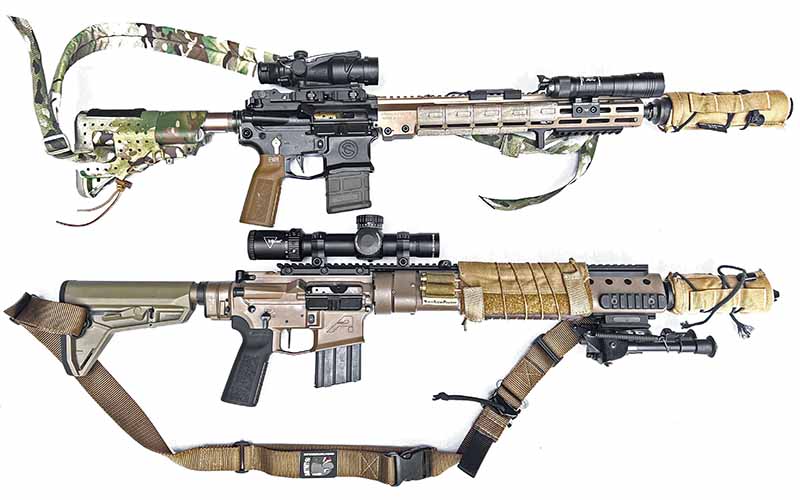
In the current day and age of the AR, and the rise of the platform for small and large game hunting, you’d think the venerable ACOG would be the choice. It never really took off as a hunting optic and is now a second choice to the current generation of variable power optics in the 1-6X, 1-8X and 2-10X range of magnification. Yet, in this same time period where modern semi-auto rifles are equipped with scopes that mirror the old 3-9X classic magnification range, we see bolt actions being fitted with large and larger optics.
What’s even more interesting is that these new-generation optics tend to be somewhat large and heavy for how light the AR and other semi-auto platforms are. I like my AR as light as possible while still being effective. I’ve built some heavy guns to support their intended roles as long-range rifles, such as the .224 Valkyrie build in the June issue of GDTM. That rifle was about as heavy as I like for a medium range rifle. Much of that bulk was evenly distributed, but it was just plain burdensome to lug around.
The original intent Stoner had when he made these guns in the 1950s was to make them light … as in the “lite” in ArmaLite. I have a classic Brownells Retro build, and it’s such an impressively light gun that it has become my favorite AR of all time. Yes, it’s a 20-inch pencil barrel. Yes, it has a carry handle and, yes, it has plain iron sights—but man it’s nice to carry, and it’s incredibly fast on target to 400 yards.
LBS And LPVOs
The AR rifles of today are seemingly getting heavier. I try to keep my builds light, but plenty of guys I know are lugging 10-pound carbines around at classes and competitions. Weight adds up fast when you start adding accessories, and as the old adage goes, pounds are pain.
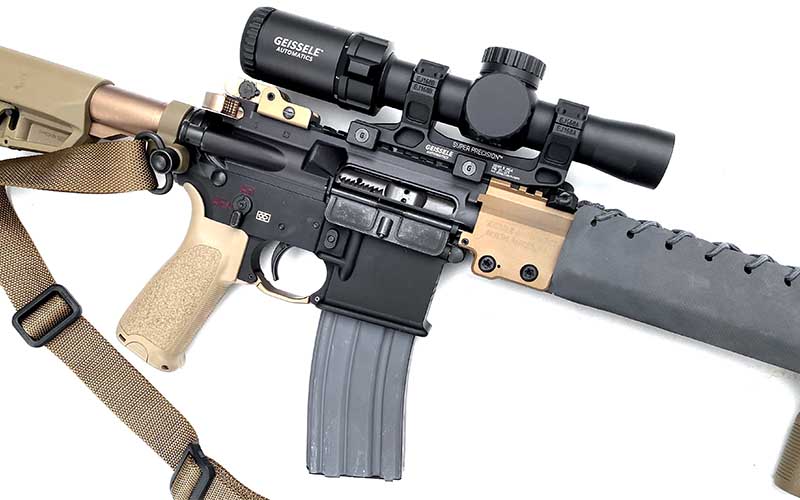
These modern optics in the LPVO (low power variable optic—I have no idea who decides on these senseless abbreviations) class are getting bulkier and heavier as time has passed, and the mounts they use are getting more and more elaborate. I was extremely excited to get a loaner Trijicon VCOG, but I have to say that it was clunky and heavy compared to my TA31 ACOG. The center of gravity was so high that I couldn’t get used to it. I really like the Trijicon Credo 1-8X, which isn’t that much smaller, but it feels much lighter by comparison. I have that scope on my subsonic-only suppressed .450 Bushmaster AR carbine for the 2023 deer season, and I’m eager to put it to use.
The LPVO situation is a trend that exists almost exclusively in carbine territory. I get why people like them, but so few of the people adding them to their guns are actually using them in field conditions … and I think much of that has to do with perception. Case in point: I do 99 percent of my rifle shooting off of a tripod, and the weight of the gun only matters so long as I am carrying it. Once in position, I clip it in and just sit back and relax.
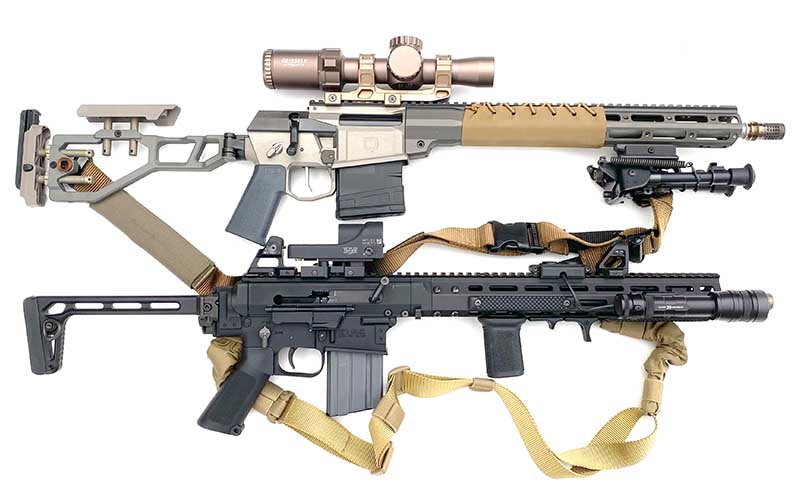
Wrapping Up
Don’t be fooled by the idea you need more or less scope magnification than you can realistically use. If you’re hunting pigs at 100 yards, you shouldn’t be fooled into doing so with a big scope just because you’re using a .300 Win. Mag. Put a red dot on there and utilize the power of the cartridge and speed of the dot in tandem. Put yourself at an advantage and the bullets will do the rest. There is no right answer—just your circumstances and how you choose to address them.
Editor's Note: This article originally appeared in the November 2023 issue of Gun Digest the Magazine.
More On Optics:
- Riton X1 Tactix RRD Red Dot Review: Budget Retro Build
- On Safari With The Revolutionary Sig Sauer BDX System
- Maven RS.1 2.5-15X44mm Review: Modern Hunting Glass
- The Best Pistol Red Dots: A Buyer’s Guide

Next Step: Get your FREE Printable Target Pack
Enhance your shooting precision with our 62 MOA Targets, perfect for rifles and handguns. Crafted in collaboration with Storm Tactical for accuracy and versatility.
Subscribe to the Gun Digest email newsletter and get your downloadable target pack sent straight to your inbox. Stay updated with the latest firearms info in the industry.

![Best Concealed Carry Guns In 2025 [Field Tested] Wilson Combat EDC X9S 1](https://gundigest.com/wp-content/uploads/Wilson-Combat-EDC-X9S-1-324x160.jpg)


![Best 9mm Carbine: Affordable PCCs [Tested] Ruger Carbine Shooting](https://gundigest.com/wp-content/uploads/Ruger-Carbine-Shooting-100x70.jpg)
![Best AR-15: Top Options Available Today [Field Tested] Harrington and Richardson PSA XM177E2 feature](https://gundigest.com/wp-content/uploads/Harrington-and-Richardson-PSA-XM177E2-feature-100x70.jpg)
